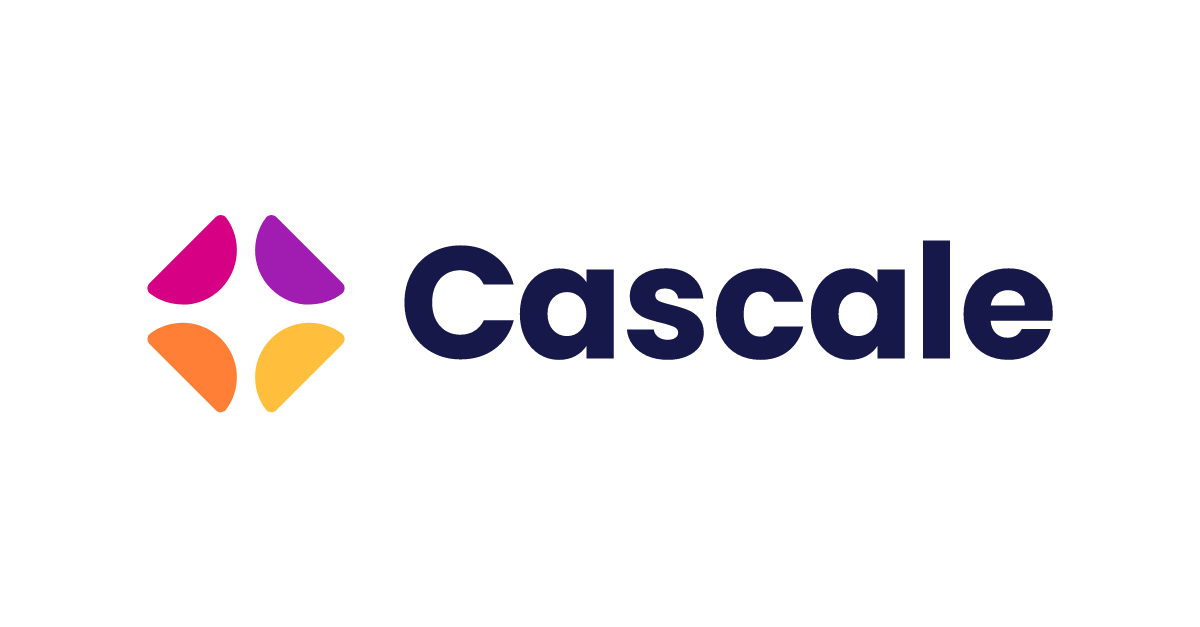GIZ Hosts Higg FEM 4.0 Webinar

The German Agency for International Cooperation, the service provider in the field of international cooperation for sustainable development, recently hosted a webinar to highlight key changes between Higg FEM 3.0 and the forthcoming Higg FEM 4.0. Moderated by Rakesh Vazirani, head of sustainability services for business stream products, the webinar included Angela Ng, director of Higg Facility tools, in conversation with Mohammad Abdul Qaium, sustainability manager at OVS S.p.a., and Arunhariharan B S, sustainability analyst at Eastman Exports Global Clothing. The discussion was designed to educate attendees about what additional data manufacturers should start collecting for Higg FEM 4.0 in order to be better positioned to complete the self-assessment and verification, as well as how to best use the tool to drive impact. “The industry overall has certain goals for sustainability,” Vazirani said. “There are goals with regards to reduction of emissions, there are goals with regards to reduction of freshwater, and there are goals with regards to ensuring that biodiversity is not being negatively impacted. And of course the big picture goal is to have a circular textile value chain.”
Although the subject matter was high-level and technical, Ng noted the deep level of collaboration between SAC members that culminated in the update. “We spent the last two to three years working with over hundreds of members, stakeholders and facility users to collect feedback on the tool framework, scoring methodologies and all the questions’ content,” Ng said. “These insights coming from our key Member Expert Teams and Strategic Councils helped us identify gaps in regulations, industry standards and needs and incorporate these into the new version of the Higg FEM 4.0.”
As Ng detailed, this work fits into the SAC's broader vision of “Evolution for Impact” to drive scalable solutions for industry-wide decarbonization. As Qaium shared, OVS demonstrated this by introducing a Sustainability Linked Bond in 2021 and setting goals to achieve a 21 percent reduction in carbon emissions and ensure that 100 percent of their suppliers use the Higg FEM and Higg FSLM, with 80 percent of their volume verified by 2024.
Ng also explained framing around key changes to Higg FEM 4.0, including an increase in data points: Over 70 unique data points are part of the Higg FEM 4.0 update, including site permits, energy, water, emissions, waste and chemical management. Although industry progress is gradually improving -– the percentage of users meeting Higg FEM foundational requirements was 19 percent in 2022, versus 15 percent in 2021 -– Ng emphasized that the SAC views Higg FEM 4.0 as a game-changer for industry-wide progress. Through a single shared facility assessment tool, Higg FEM 4.0 is designed to reduce facility third-party assessments, fuel better quality data and align industry benchmarking. As Arunhariharan detailed, once the Higg FEM is adapted to the user’s facility, they will be able to set targets and understand barriers to achieving them.
Ng also touched on how the Higg FEM 4.0 aligns with key industry standards -– including the Greenhouse Gas (GHG) Protocol, Science-Based Targets initiative, and Zero Discharge of Hazardous Chemicals Roadmap to Zero -– as well as how the updated tool zeroes in on the most critical environmental impacts like groundwater contamination to ensure that it reflects the key impact areas where businesses need to evaluate and address current challenges.
Additionally, she talked about the improved assessment relevance. Through improved applicability criteria, users will now only see questions relevant to their specific operations, so they can spend less time on assessment questions that are irrelevant to them.
Finally, she discussed how the findings from Higg FEM 4.0 can be applied at scale. Once facility impacts are known, volume can be allocated to low-carbon suppliers -– a tactic that is already being seen among industry players. For example, Ng shared a recent analysis of Higg FEM data by carbon management company Reset Carbon which found the top 1,500 facilities contribute to around 79 percent of total emissions or some 82.8 million tons of carbon dioxide equivalents. In the best case scenario, the industry can see an estimated 10 to 25 percent carbon reduction by shifting sourcing. By tapping insights from Higg FEM 4.0, devoting jobs to the most sustainable suppliers, the hope is that industry players see drastic improvement.
The SAC has scheduled a series of events that focus on the Higg FEM 4.0 update, including a webinar on November 7th: https://worldly-io.zoom.us/webinar/register/WN_tiW-kRGFTHqIP1fZukumgg#/registration and an APAC session on November 8th: https://worldly-io.zoom.us/webinar/register/WN_Iq2UydEmQQKXuRU5EQomTA#/registration.

